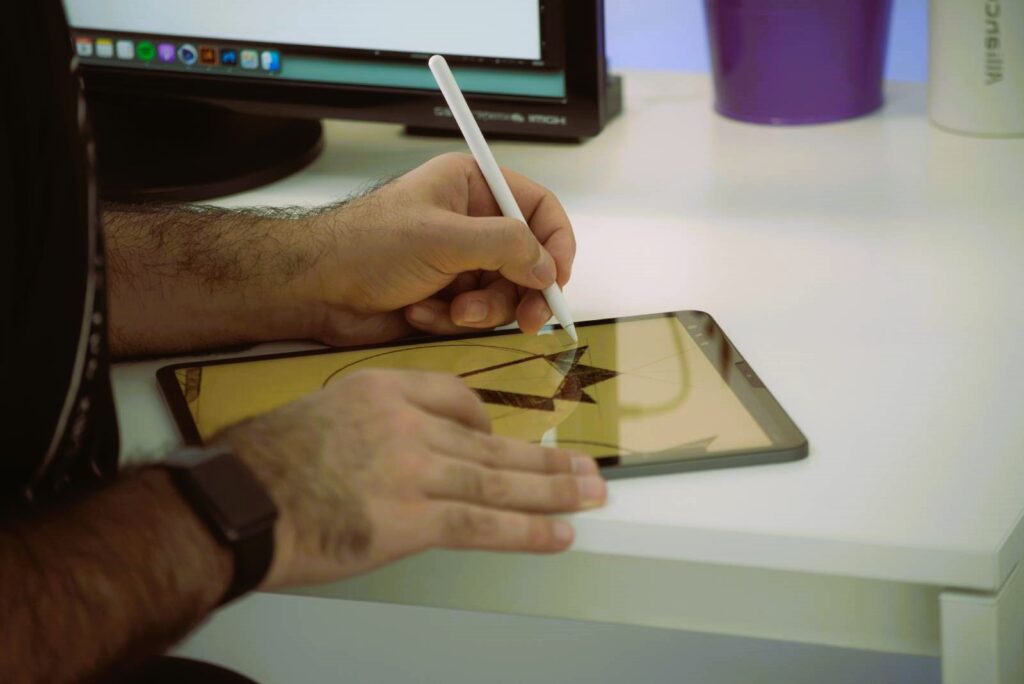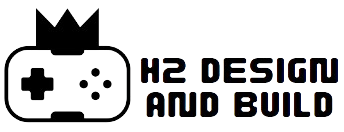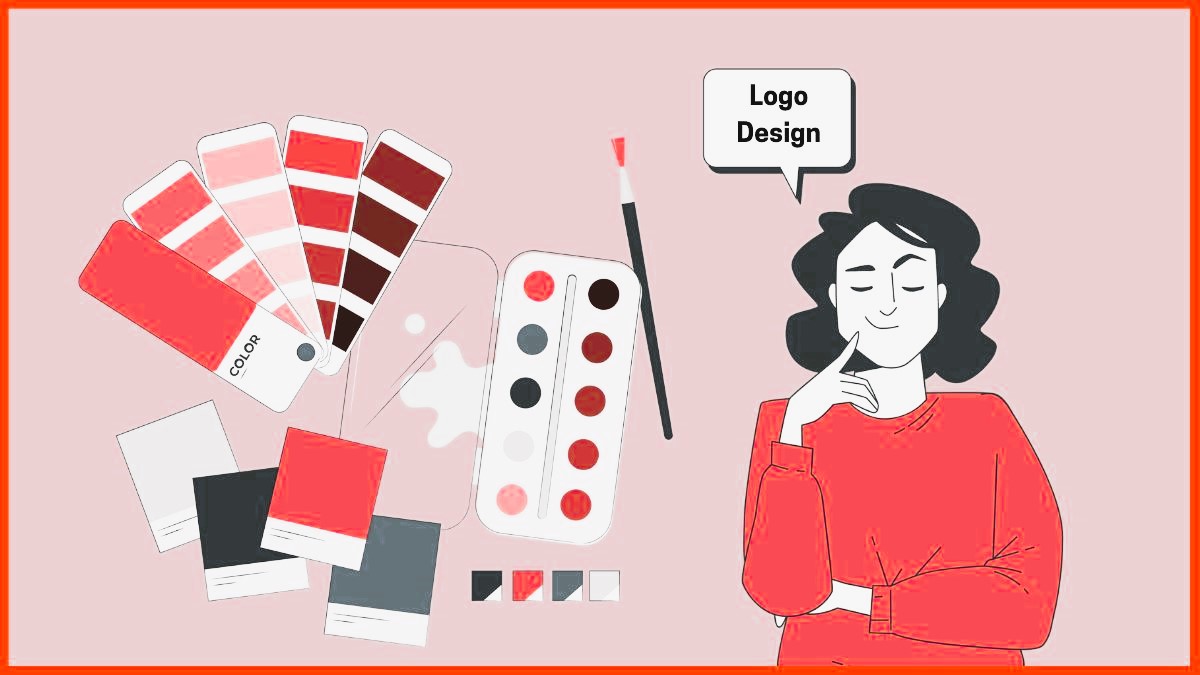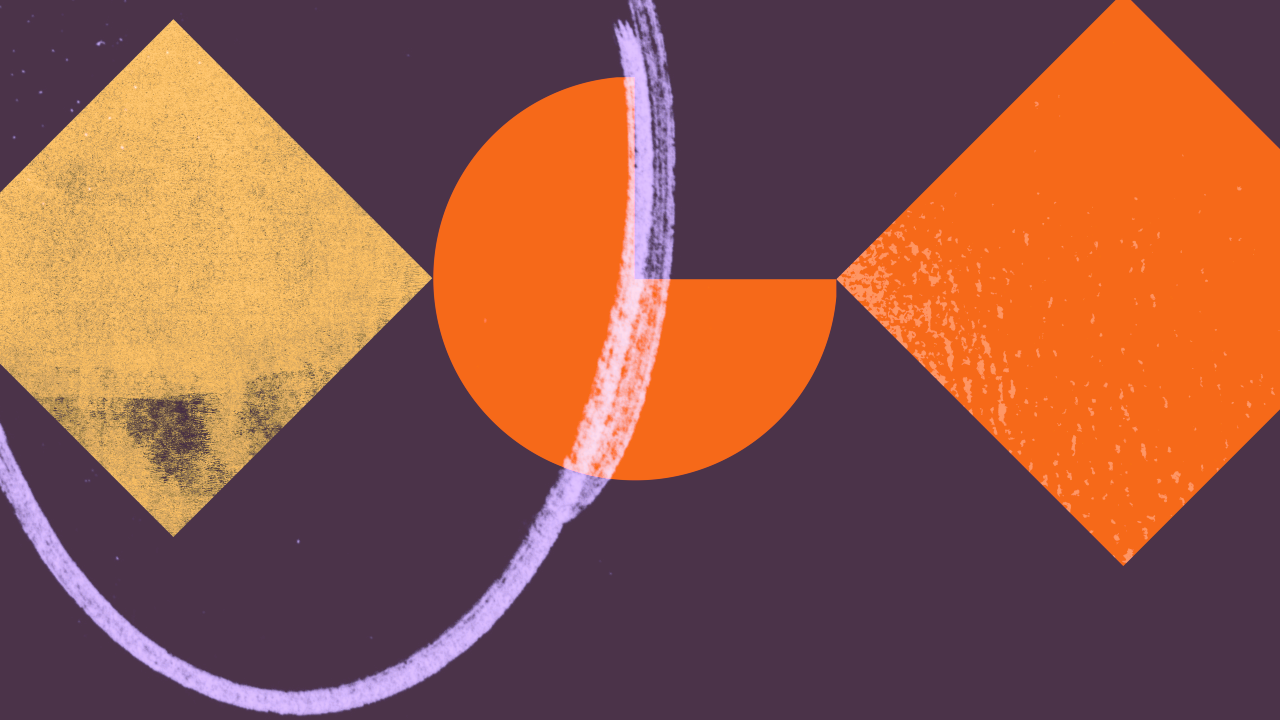In the vast landscape of branding, the logo stands as the visual cornerstone of a company’s identity. Beyond being a mere symbol, a well-designed logo has the power to evoke emotions, convey messages, and leave a lasting imprint on the minds of consumers. This article delves into the psychology behind effective logo design, exploring how strategic choices in color, shape, and symbolism can shape brand perception and influence consumer behavior.
1. The Power of Colors in Logo Design:
2024 Trend: Color psychology plays a crucial role in logo design, influencing how individuals perceive and connect with a brand. Each color carries unique associations and emotions.
Impact on Logo Design:
- Red: Conveys energy, passion, and excitement. Often used by dynamic and bold brands.
- Blue: Elicits trust, professionalism, and calmness. Common among tech and financial companies.
- Green: Symbolizes nature, growth, and health. Widely employed by eco-friendly and wellness brands.
- Yellow: Represents optimism, warmth, and clarity. Often chosen by brands seeking to exude positivity.
2. Shape and Form:

2024 Trend: The shapes and forms within a logo contribute significantly to how it is perceived. Geometric shapes, curves, and abstract forms all communicate distinct attributes.
Impact on Logo Design:
- Circular Shapes: Convey unity, community, and inclusivity. Commonly used by brands focusing on relationships.
- Angular Shapes: Evoke strength, dynamism, and innovation. Often employed by tech and cutting-edge brands.
- Abstract Forms: Allow for creativity and interpretation. Brands seeking a modern and avant-garde image often opt for abstract logos. You can learn about how AR and VR are changing the gameplay by following the link.
3. Symbolism and Icons:
2024 Trend: Incorporating symbolism or icons into a logo adds layers of meaning and enables brands to communicate their values and mission.
Impact on Logo Design:
- Nature Symbols: Leaves, trees, and other natural elements convey eco-friendliness and sustainability.
- Animals: Animal symbols often represent qualities associated with the specific animal, such as strength, agility, or grace.
- Abstract Icons: Unique, custom icons can become synonymous with a brand, acting as a memorable and recognizable identifier.
4. Typography Choices:
2024 Trend: The typography used in a logo contributes to its personality. From classic serif fonts to modern sans-serif styles, each font choice conveys a different vibe.
Impact on Logo Design:
- Serif Fonts: Suggest tradition, reliability, and sophistication. Common in industries like finance and law.
- Sans-Serif Fonts: Convey modernity, simplicity, and a forward-thinking approach. Popular among tech and start-up brands.
- Handwritten Fonts: Add a personal touch, conveying authenticity and approachability. Often used by artisanal and boutique brands.
5. Consistency and Adaptability:

2024 Trend: A logo must be versatile and adaptable across various platforms and mediums while maintaining consistency to reinforce brand recognition.
Impact on Logo Design:
- Responsive Design: Ensures the logo looks effective and maintains its impact on diverse surfaces, from business cards to digital screens.
- Monochrome Versions: A logo should work in black and white for scenarios where color isn’t applicable.
Effective logo design goes beyond aesthetics; it is a strategic tool that taps into the psychology of perception and emotion. By understanding the impact of color choices, shapes, symbolism, typography, and adaptability, brands can create logos that resonate with their target audience, build trust, and leave a lasting impression.
For a deeper dive into the world of logo design and branding, explore resources on IGN.




